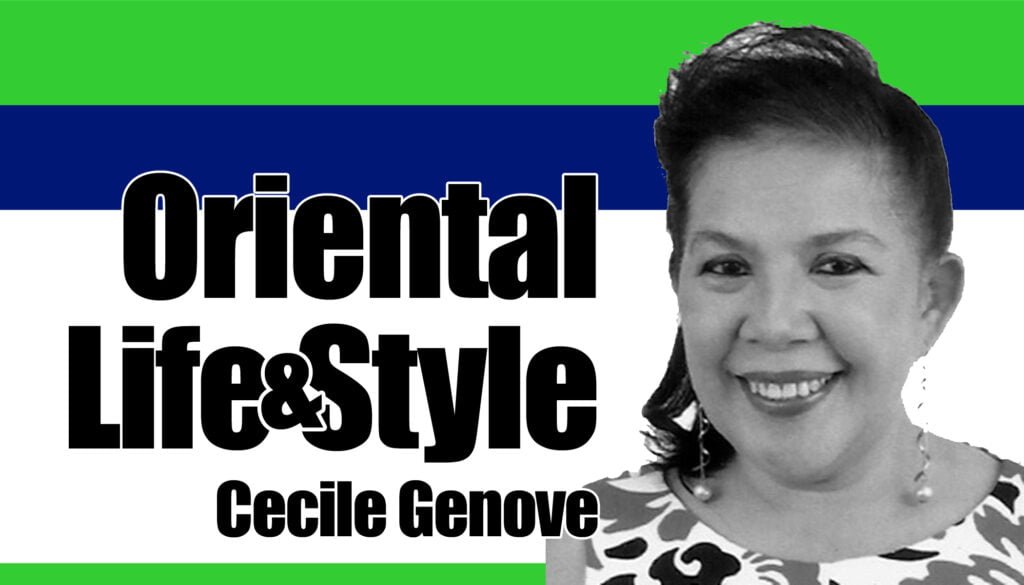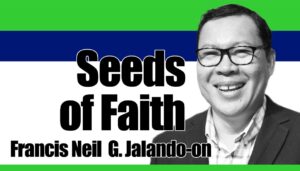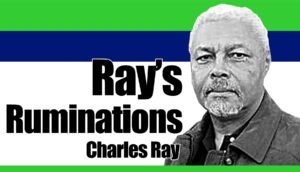
“When believers come together to address common social concerns, they are engaged in this form of dialogue. Problems posed by globalization, consumerism, drug addiction, illiteracy, displacement, exploitation of people, ecological destruction are some of the issues which the dialogue of action handles,” explained Fr. Edmund Chia, FSC to shed light on the phenomenon of a religiously pluralistic world.
As a continuation of the Pikit parish experience of Fr. Roberto Layson, OMI which he shared before academics in a recent visit to Dumaguete, Fr. Layson related that he was the parish priest of Mt. Carmel Cathedral in Jolo when Bishop Benjamin de Jesus was brutally murdered in front of the Cathedral in February 1997. Four months after the tragic incident, Fr. Layson decided to leave Jolo. “My departure from the island was for a very personal reason. I felt I was not effective anymore in my work as a missionary. Every time I spoke before my congregation, my words contradicted what was in my heart,” the good priest expressed.
True enough, he was transferred to Pikit in Cotabato. But, as fate would have it, 12 days after he arrived in June 1997, war broke out when government troops launched military offensive against the Moro Islamic Liberation Front in Camp Rajahmuda where, according to Fr. Layson, 30,000 civilians fled their villages and sought refuge at the town center.
“Human suffering is hard to bear, I found out. After all, when you hear the sounds of mothers weeping and children crying in the night, you don’t anymore ask whether they are Muslims or Christians. I thought about Bishop Ben and I realized that helping the poor is not a matter of choice. For us Christians, it is a duty and a social responsibility,” intoned Fr. Layson, much like putting into words what he is thinking.
He said the incident in 1997 was his “baptism of fire.” Three years later, he narrated, the war would be repeated in such catastrophic proportions when the Estrada administration declared an all-out war against the MILF in March 2000. “That war brought havoc and untold suffering to our people in Central Mindanao – Muslims, Christians, and indigenous people alike. About 500 barangays were affected; 6,000 houses were destroyed; close to one million civilians were forced to leave their homes. In Pikit alone, at least 41,000 civilians were displaced out of 69,000 total population of the town,” said Fr. Layson.
Such was the ravages of war, but the parish responded by organizing a disaster response team composed of around 40 dedicated young Muslim and Christian volunteers. “I once found myself sharing a meal with some Muslim evacuees. It was dark inside the tent. I sat on the ground and looked at the little food before us. When I started to eat I could hardly swallow the food. It gave me a guilty feeling and a feeling of shame. I felt guilty because the food could have been another meal of the children for the next day. But the people inside the tent offered me their last remaining food. They showed me that even in their miserable condition they had not lost their human dignity and the value of hospitality,” Fr. Layson related, not without a tinge of pity in his voice, at times cracking a bit with emotion.
When there was no sign that the war would stop, Fr. Layson, together with Muslim and Christian peace advocates and leaders of the evacuees, went to Manila to dialogue with then President Gloria Macapagal Arroyo and other officials to press for a ceasefire. Again, when the ceasefire did not happen, they decided to march to the streets in what they termed as “Bakwit Power” (reminiscent of the People Power) where 8,000 Muslim and Christian evacuees occupied the Cotabato-Davao national highway in the towns of Pikit, Pagalungan, and Pagagawan to “pressure the government and MILF to halt the violence and to go back to the negotiating table.” Both the government and the MILF declared a ceasefire in July of that year.
But, until this day, real dialogue in Mindanao, said Fr. Layson, is still a “very slow and tedious process.” Thus, according to Fr. Layson, as part of rebuilding the communities destroyed by wars, the Pikit parish assisted the local communities organize their villages as “space for peace” communities or “zones of peace.”
With barangay officials and other peace advocates, said Fr. Layson, “we negotiated with the military and MILF not to make these villages as battleground of their forces anymore. We believe in the basic goodness in the heart of every person, whether one is a soldier or a rebel. After all, no one has the monopoly of goodness in this world. Neither has one the monopoly of evil.” True enough, related Fr. Layson, both parties acceded to their appeal.
The parish then implemented socio-economic projects such as seeds distribution, provision of farm equipment, construction of post-harvest facilities, livestock dispersal, construction of water facilities and latrines, health education and trauma healing with the financial support from national and international funding agencies. “Certainly, we cannot do all these by ourselves. We need to have the support of other entities and agencies,” Fr. Layson shared.
Aside from these, they also rehabilitated the strained relationships of people through the culture of peace and dialogue seminars attended by local inhabitants. The parish also gave such similar seminars to teachers, youth, barangay officials, and other sectors. “The main objective of the seminar is basically to plant the seed of peace in the heart of every person and to restore the broken relationship of people caused by extreme biases and prejudices. We also conducted these same seminars to police forces, soldiers, and rebels. I found out that if people can be trained for war, they can also be trained for peace,” added Fr. Layson.
The biggest challenge, perhaps, in Muslim-Christian dialogue, as gleaned from the overall discussion, which was also attended by academicians in Dumaguete and Davao, is “to change the way people look at themselves and the way they look at others.” After all, we are not only friends or neighbors, but “brothers and sisters belonging to the same human family and living in this same world we call Planet Earth.”
“To be religious nowadays is to be inter-religious.” It was Hans Kung who said, “There is no peace in the world as long as there is no peace among religions. And, there is no peace among religions as long as there is no genuine dialogue among believers.” | NWI




